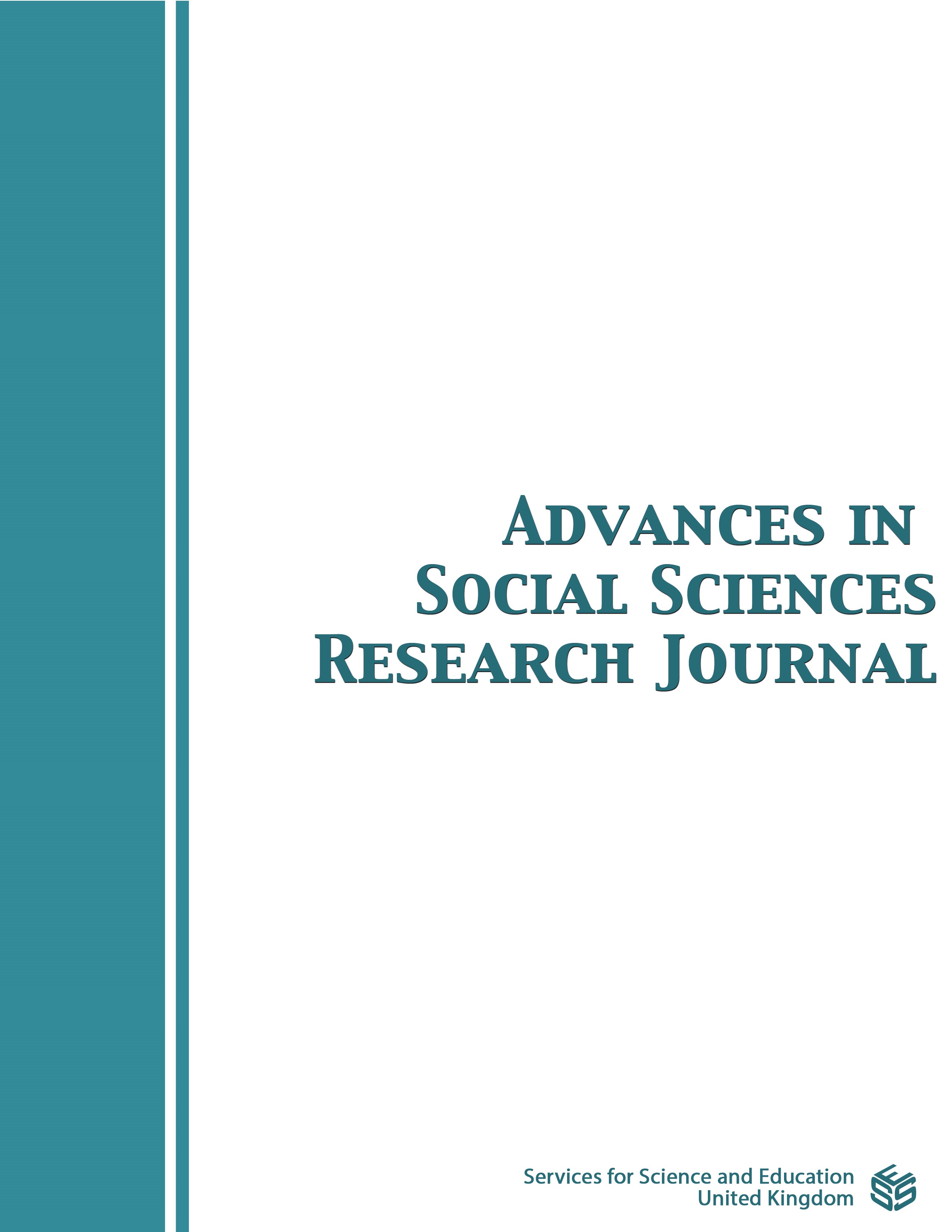Clues to the Origins of the Latin Language: An Epigraphic and Cultural Approach
DOI:
https://doi.org/10.14738/assrj.1204.18691Keywords:
Ancient culture, Roman history, Latin language, Praeneste fibula, Ancient Greek philosophy, epigraphy, archaeologyAbstract
This study hypothesizes, from a philological point of view, the early existence of expressive and communicative skills in the Proto-Latin language of the early Italic peoples based on an engraving found on the 7th century BCE Praeneste fibula. This famed ancient artifact has an extensive, complex and disputed modern history, but its ancient authenticity has now been scientifically confirmed. The goldsmith, (Manios) who made the engraving was likely Etruscan. The inscription thus constitutes compelling evidence that both the carver and the object's patron (Numazios) shared a language, now considered Proto-Latin, that was unambiguously understood by contemporaries. Such a scenario, interestingly, precedes the introduction of Greek philosophical texts concerning the origins and meaning of language to the Italian peninsula by about two centuries.
Downloads
Published
How to Cite
Issue
Section
License
Copyright (c) 2025 Giovanni Meledandri, Mark Orsag

This work is licensed under a Creative Commons Attribution 4.0 International License.
Authors wishing to include figures, tables, or text passages that have already been published elsewhere are required to obtain permission from the copyright owner(s) for both the print and online format and to include evidence that such permission has been granted when submitting their papers. Any material received without such evidence will be assumed to originate from the authors.






